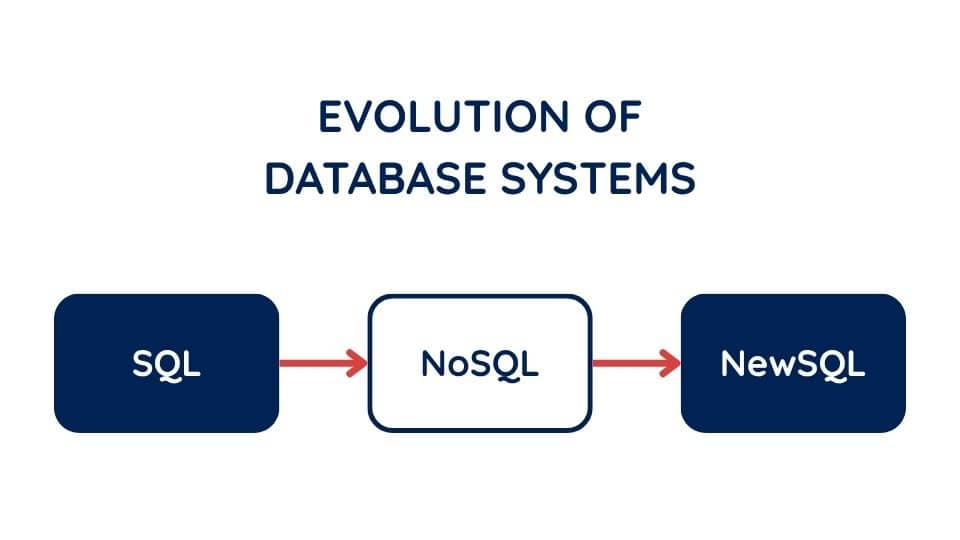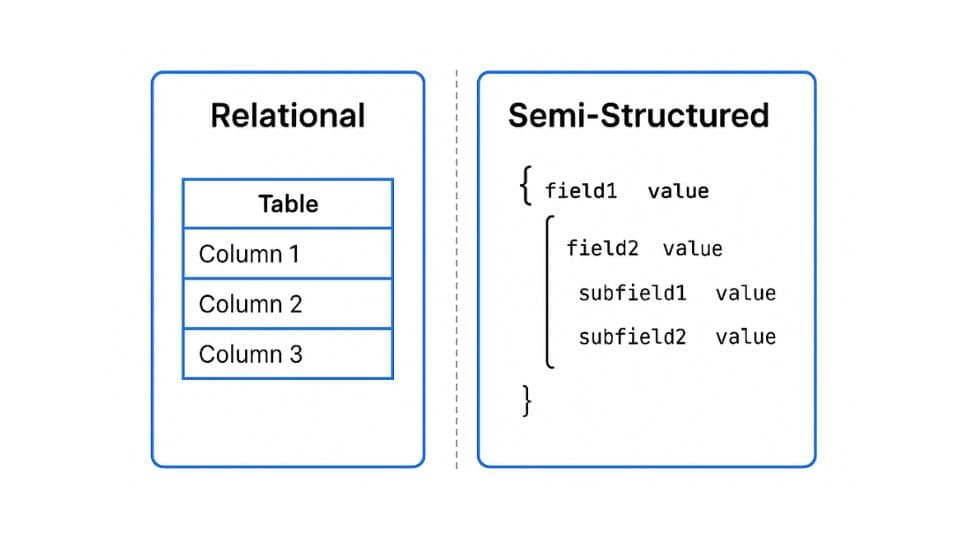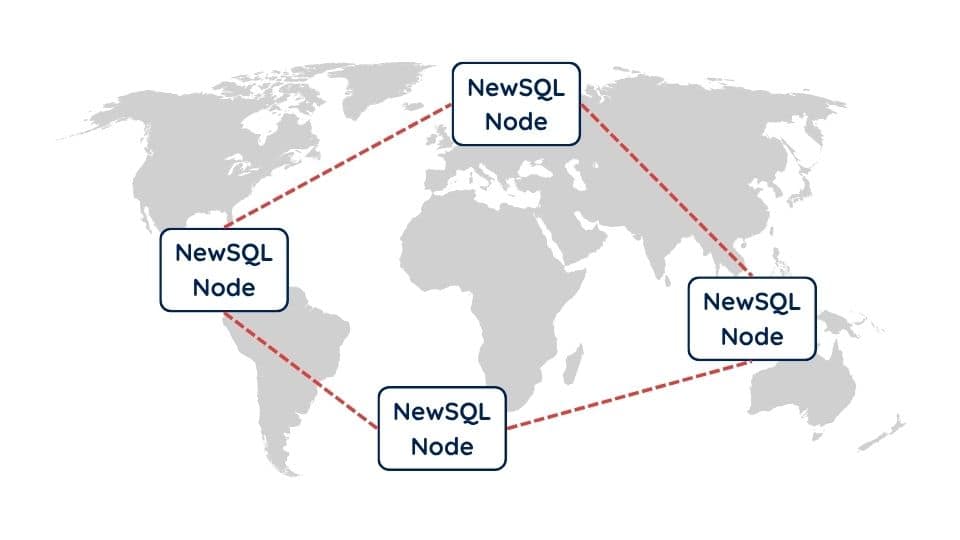How to Choose, Migrate, and Optimize Your Data Stack for Cloud-Native Scale and AI Integration
Introduction: Why Database Migration is Now a Strategic Imperative
In today’s digital-first economy, databases are no longer background infrastructure—they’re the foundation of operational agility, AI readiness, and global scalability. As we enter 2025, companies are increasingly moving away from legacy monoliths and toward distributed, cloud-native, and intelligent data platforms. Yet, with choices like SQL, NoSQL, and NewSQL, how do you determine what’s right?
Migrating your database isn’t just about copying data from one system to another. It involves rethinking consistency models, query languages, scaling patterns, developer workflows, and regulatory constraints.
This in-depth guide will equip your organization with a modern decision framework to evaluate, choose, and migrate databases effectively—while future-proofing for emerging trends like real-time analytics, AI/ML, and edge computing.

Section 1: Understanding the Evolution of Databases
The database landscape has evolved dramatically in the past decade. From traditional SQL to NoSQL and now NewSQL, each shift reflects changes in application demands, user expectations, and system architectures.
🔍 SQL (Structured Query Language)
- Relational model based on tables, rows, and columns
- Ensures ACID compliance (Atomicity, Consistency, Isolation, Durability)
- Ideal for transactional systems where data integrity is non-negotiable
🔍 NoSQL (Not Only SQL)
- Built for scale-out, high-speed, unstructured or semi-structured data
- Embraces the BASE model (Basically Available, Soft state, Eventually consistent)
- Supports document, key-value, graph, and wide-column data structures
🔍 NewSQL
- A modern evolution that combines SQL syntax with distributed scalability
- Provides global ACID compliance, horizontal scaling, and cloud-native operations
- Built for microservices, serverless, and multi-region architectures
| Theory | Importance |
| ACID | Ensures transactional reliability |
| BASE | Optimized for high availability |
| CAP Theorem | Trade-off among consistency, availability, and partition tolerance |
| MVCC | Enables concurrent processing in SQL/NewSQL |
| Paxos/Raft | Distributed consensus for fault tolerance |

Section 2: Deep Dive into SQL, NoSQL, and NewSQL
✅ SQL: Strong Consistency and Rich Querying
SQL databases like PostgreSQL, MySQL, Oracle, and SQL Server power core systems in finance, healthcare, and enterprise operations. They excel when:
- The schema is well-defined and stable
- You need complex queries, transactions, joins
- Regulatory audits and historical data integrity are critical
Common Use Cases:
- Banking & fintech transactions
- Inventory and logistics systems
- Traditional CRM/ERP platforms
⚡ NoSQL: Speed, Flexibility, and Scalability
NoSQL databases like MongoDB, Redis, Cassandra, and Neo4j were born for the web-scale era. They’re perfect when:
- You’re dealing with JSON, blobs, sensor data, user-generated content
- The data model evolves frequently
- Read/write throughput is massive
Popular Models:
- Document DBs (e.g., MongoDB)
- Key-Value Stores (e.g., Redis)
- Graph DBs (e.g., Neo4j)
- Wide-Column Stores (e.g., Cassandra)
Common Use Cases:
- IoT & edge data ingestion
- Real-time analytics dashboards
- Content delivery networks
- Mobile/social app backends
🌐 NewSQL: Consistency at Global Scale
NewSQL platforms like CockroachDB, TiDB, PlanetScale, and Google Spanner address the hybrid need for global distribution and strict consistency.
They’re used when:
- You want ACID guarantees across multiple regions
- The app must scale horizontally but speak SQL
- You’re modernizing legacy systems but need zero-downtime operations

Common Use Cases:
- SaaS platforms with global user base
- Cross-region ecommerce systems
- Fintech apps needing both scale and correctness
Section 3: How to Choose the Right Database in 2025
Use this simplified checklist based on your priorities:
| Criteria | Best Fit |
|---|---|
| Compliance & Transactions | SQL |
| Fast evolution & scale | NoSQL |
| Cloud-native + ACID | NewSQL |
| Strong relational joins | SQL |
| IoT / Time-Series | NoSQL |
| Multi-region transactional | NewSQL |
| Developer familiarity | SQL / NewSQL |
Section 4: The 4-Phase Migration Framework
🔹 Phase 1: Strategic Assessment
- Audit current workloads, bottlenecks, and technical debt
- Forecast 3–5 year data growth and availability expectations
- Involve dev, ops, security, and business stakeholders
🔹 Phase 2: Technology Selection
- Match use cases to best-fit database model
- Consider cloud compatibility, licensing, TCO, support ecosystem
🔹 Phase 3: Migration Execution Strategy
Use the Strangler Fig Pattern:
- Start with low-risk components
- Enable dual-write (legacy + new DB)
- Gradually shift reads
- Monitor, validate, deprecate legacy system
Use Zero-Downtime Techniques:
- Change Data Capture (CDC) for real-time sync
- Blue/Green Deployment for fail-safe rollbacks
- Replication and traffic shifting for seamless cutover
🔹 Phase 4: Optimization and Training
- Redesign schema to exploit new database features
- Automate monitoring, alerting, and indexing
- Train developers and DBAs for new workflows
Section 5: Cost and Compliance Considerations
💰 Total Cost of Ownership (TCO) Breakdown
| Area | SQL | NoSQL | NewSQL |
|---|---|---|---|
| Licensing | Variable | Mostly open-source | Mix of OSS/SaaS |
| Scaling | Expensive (vertical) | Affordable (horizontal) | Elastic & smart |
| Ops & Maintenance | Mature tooling | Varies | Many managed options |
| Talent | Readily available | Specialized | Emerging but growing |
🔐 Security & Compliance in 2025
As AI/ML and cloud adoption surge, data governance must catch up. Modern DBs need:
- Encryption in transit + at rest (TLS, AES-256)
- RBAC and fine-grained permissions
- Audit trails for traceability
- Data masking for GDPR/CCPA
- Backups with RPO/RTO guarantees
Section 6: Databases for AI and ML Workloads
Traditional RDBMSs often fall short in AI contexts due to their rigid schema and lack of native vector or time-series support.
🧠 ML-Ready Features:
- Vector search for similarity queries (e.g., image, NLP)
- Time-series support for sensor/finance use
- Streaming ingestion for real-time AI
- Interoperability with ML pipelines (TensorFlow, PyTorch)
| DB Type | Tools | Use Case |
|---|---|---|
| Vector DB | Pinecone, Milvus | Image/NLP embedding |
| Time-Series | InfluxDB, TimescaleDB | IoT, Monitoring |
| NoSQL for AI | MongoDB, Cassandra | Log & text-based AI |
| SQL+Analytics | CockroachDB + BigQuery | Transaction + model training |
Conclusion: Future-Proofing Your Data Infrastructure
Database migrations in 2025 are not just about shifting data—they’re about enabling innovation, agility, and intelligence. With cloud-native platforms, multi-model systems, and AI-optimized pipelines, the database you choose will define how fast you can scale and how smart your business can become.
With this decision framework in hand, your organization can:
- Make database selections with confidence
- Execute migrations with minimal disruption
- Optimize systems for tomorrow’s growth
Final CTA: Ready to modernize your database stack? Use this guide to start a pilot migration, or get a consultation with your data architecture team.